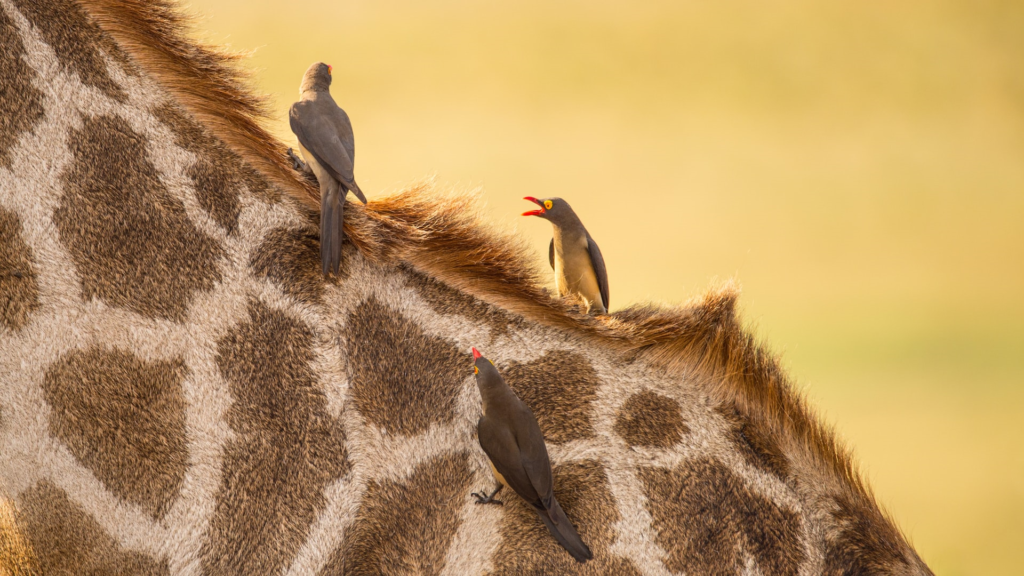(par 3. 7.5) Parasitism

http://en.wikibooks.org/wiki/Ecology/Parasitism This is an example of a parasite that can cause Chagas disease Parasitism is a form of living in which two organisms that are phylogenically different (unrelated) co-exist over a long period of time (usually for the lifetime of one of the individuals). Parasitism can also be classified as a specialized form of predation that […]
(par 3. 7.4) Symbiotic relationships (2)

http://en.wikipedia.org/wiki/Symbiosis Symbiosis (mutualism, commensalism, amensalism) In a symbiotic commensalism, the clownfish feeds on small invertebrates which otherwise potentially could harm the sea anemone, and the fecal matter from the clownfish provides nutrients to the sea anemone. Symbiosis (from Ancient Greek sýn “with” and bíōsis “living”) is close and often long-term interactions between different biological species. […]
(par 3. 7.4) Symbiotic relationships (1)

http://www.ms-starship.com/sciencenew/symbiosis.htm Dave Abbott Dip. Marine Studies [NZ] May 2000.Symbiosis Symbiosis basically means ‘living together’ and in the context of marine biology refers to a close relationship between two species, for example the Clown fish and the anemone. These symbiotic interrelationships can be divided into three main categories; Mutualism, when both species involved benefit from the […]
